AATA Blog
Featured Member: Alexandria Parker
November 22, 2025The American Art Therapy Association represents a diversity of professionals, students, and organizations across the nation. We recognize and celebrate the work of our members at all levels through our Featured Member series. Today, we caught up with...
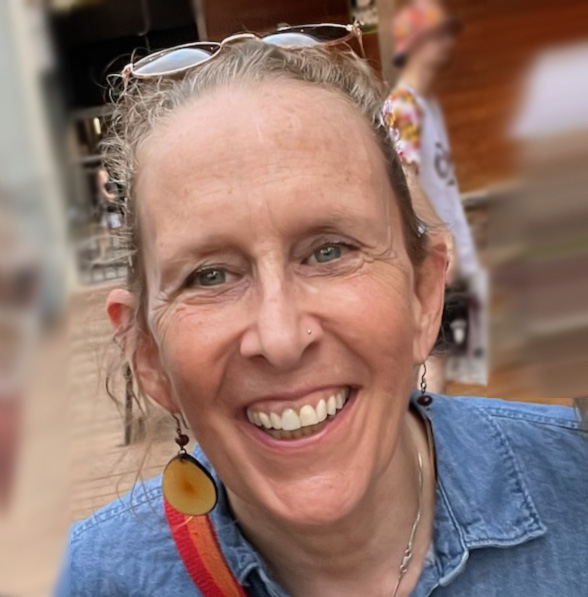
Featured Member: Rebecca Wilkinson
“Working with people with severe mental illness has taught me to appreciate the range of human strengths and experiences in the midst of challenges.”
— Rebecca Wilkinson, MA, ATR-BC, LPC, LCPAT
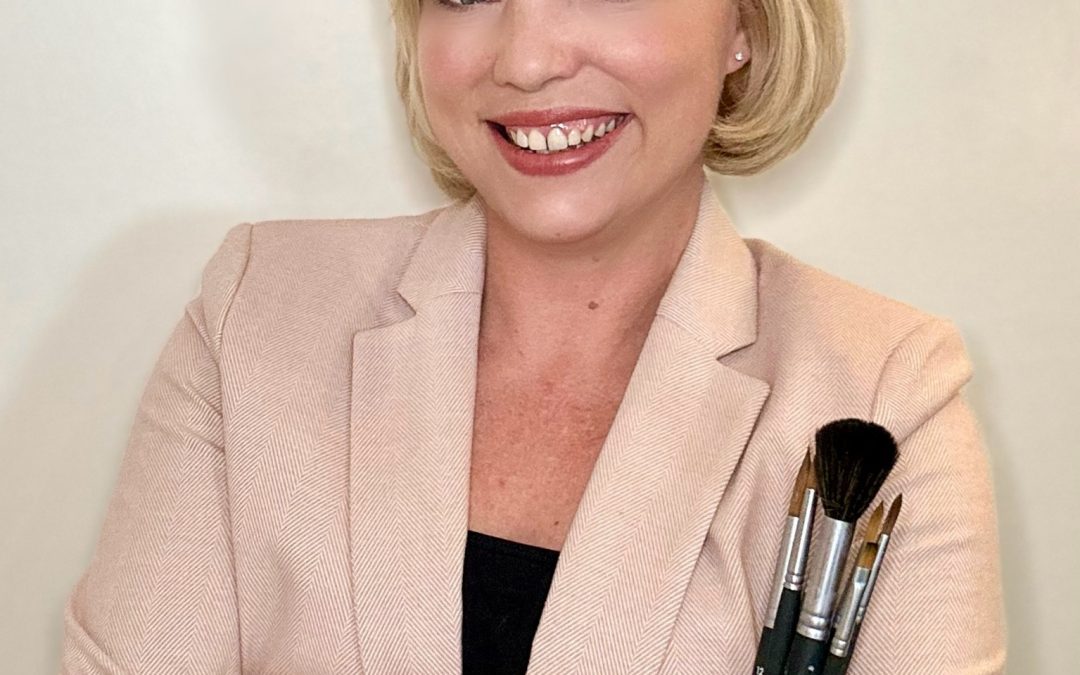
Featured Member: Alicia Seymour
“I would love to see the field continue to build recognition in the wider public. I meet so many people who have never heard of art therapy. They are always so curious and excited to learn we exist.” – Alicia Seymour
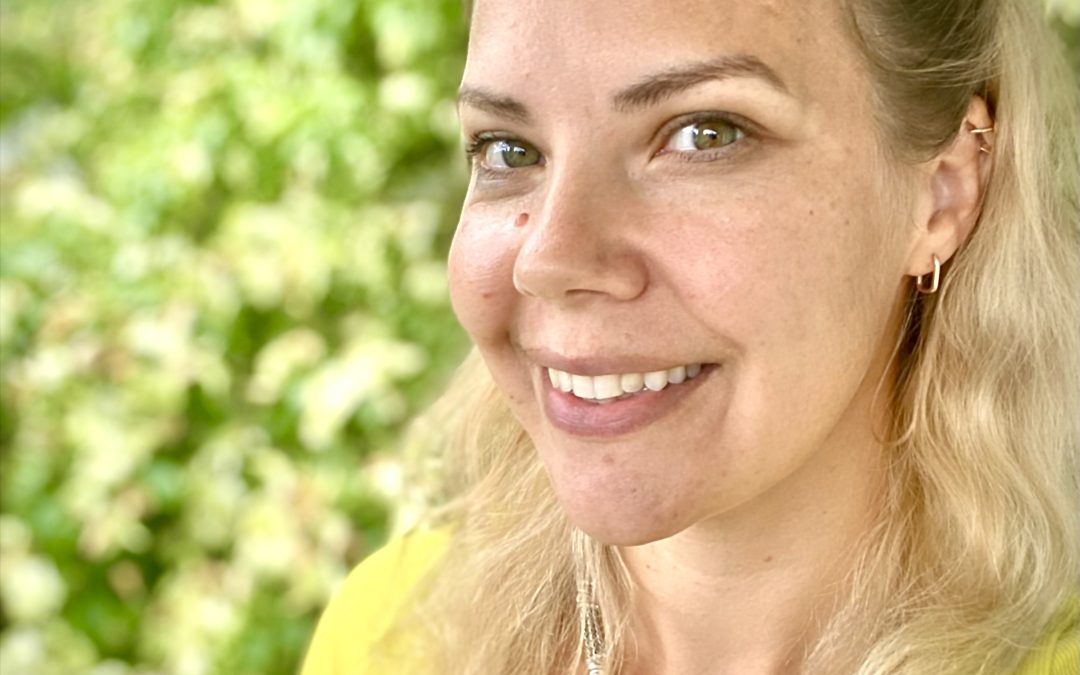
Featured Member: Katie Kapugi
“I would encourage art therapists to keep advocating and that the more we do this, the more accepted it will be, and the more accessible training will be as demand continues to rise.” — Katie Kapugi

7 Facts About Art Therapy to Know on Veterans Day
November 11, 2025 – For art therapists, Veterans Day serves as an opportunity to raise awareness about the mental health of veterans and service members.
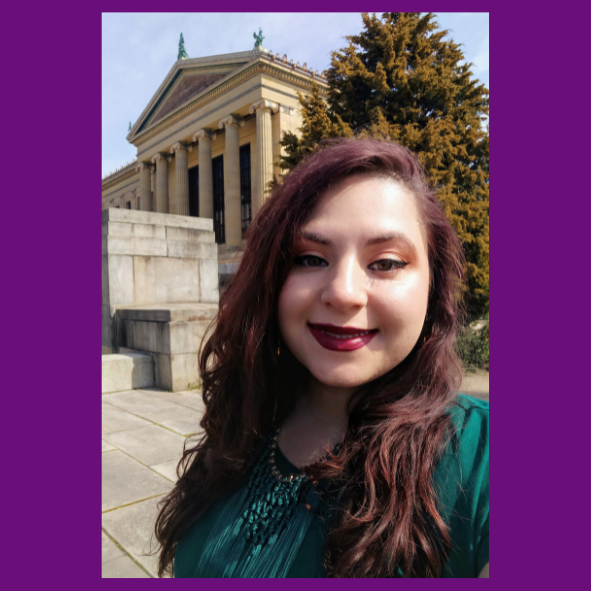
Featured Member: Irene Silva
“There are so many talented art therapist’s I have met along my journey and I am so proud to be a part of this group in making small differences with huge impacts.”
– Irene Silva
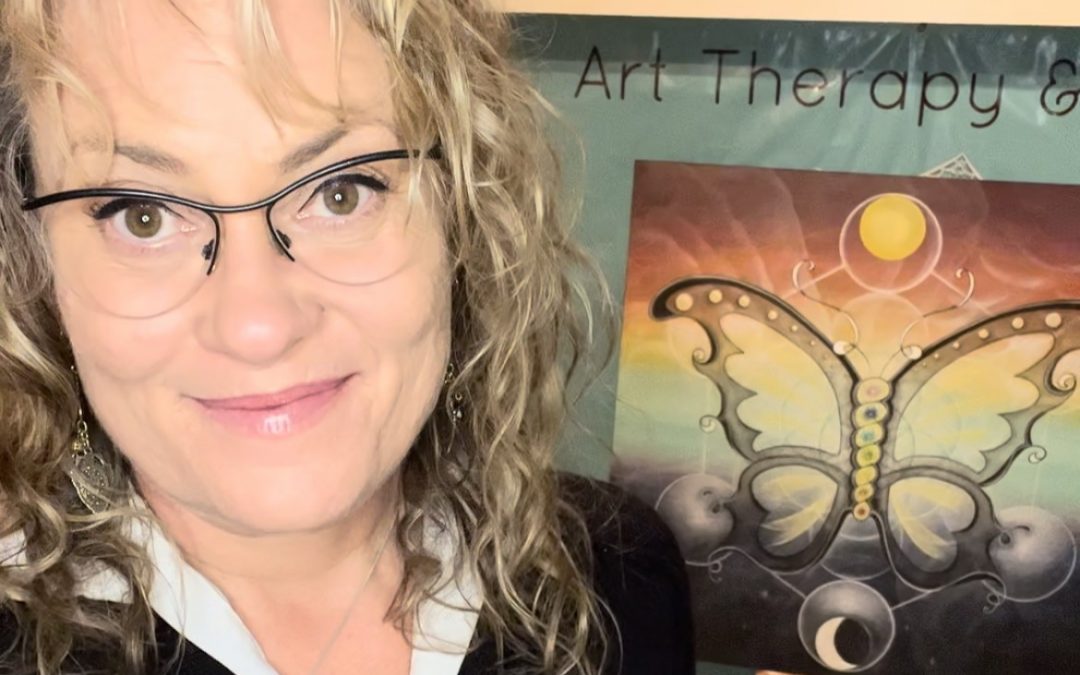
Featured Member: Charmaine Husum
“My hopes for the profession of art therapy is that it be recognized for the gold standard of psychotherapy that it is.”
— Charmaine Husum
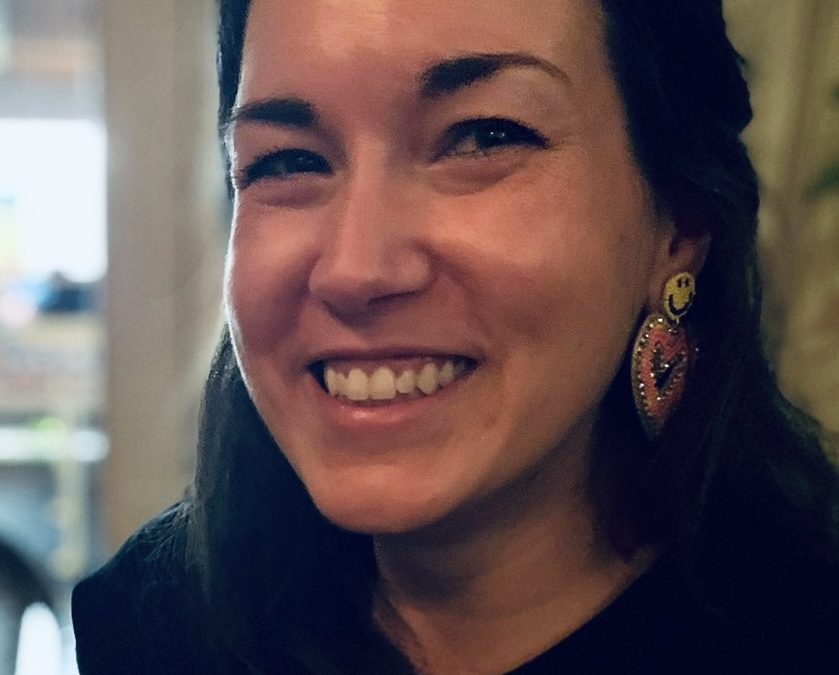
Featured Member: Patsy Mika
“I remember the exact moment I fell in love with art therapy. I was in high school and speaking with my guidance counselor. I was sharing with her that I felt torn between psychology and art, and wasn’t sure where to place my focus when choosing electives. The moment she told me that art therapy was a field I felt so much excitement and possibility! I went home and began the research. It made so much sense to me to connect with individuals through art.”

Featured Member: Kerry Kruk-Borisov
“I hope the profession continues to support the need for research initiatives through meaningful collaborations across disciplines, as well as the expansion of research institutes to grow research efforts across and outside of academia.”

From Three to Fifty: The Journey of Building Delaware’s Art Therapy Community
By Terri Willis, MA, ATR-BC, LPAT
When I joined the field as a new George Washington University (GWU) graduate in 1988, Delaware was served by only three art therapists. A Delaware native, I returned to plant a seed about the field of Art Therapy and now write this while enjoying semi-retirement at my beach house in Bethany Beach. I hope to bring my art therapy colleagues together on August 14th for a virtual event sponsored by AATA.
